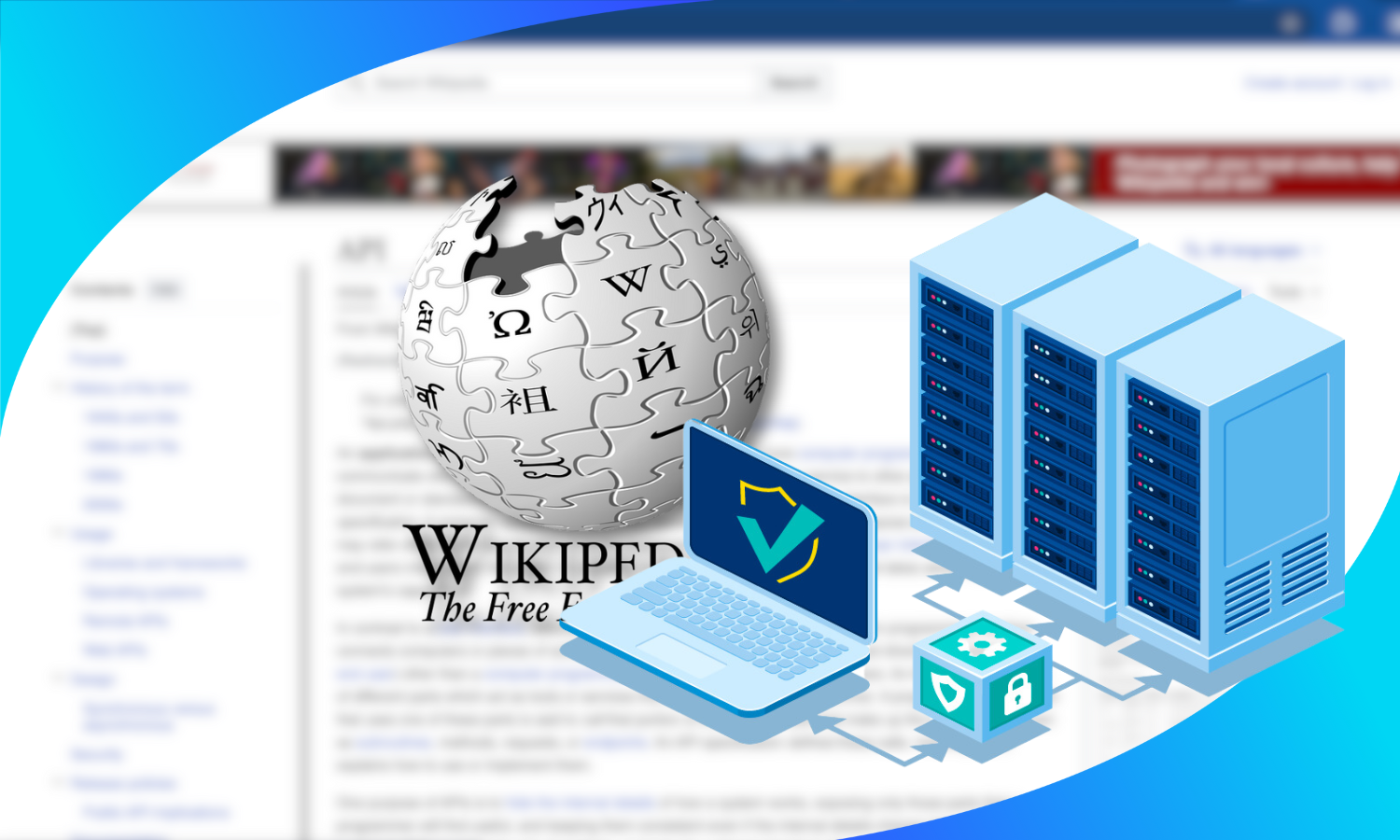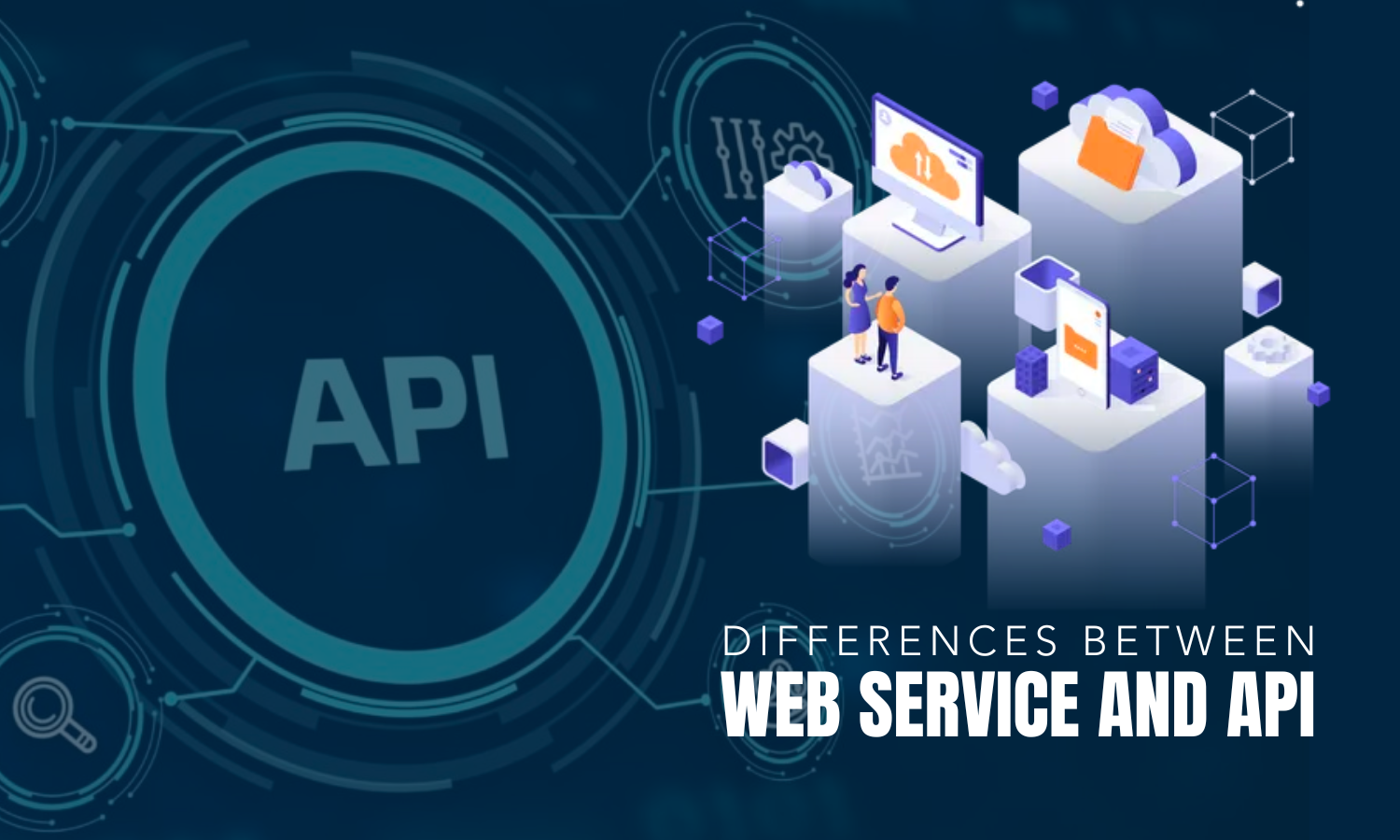

Updated · Feb 11, 2024
Updated · Jan 03, 2024
Christo is a journalist who contributed to the techjury blog in 2019. He is interested in how tech h... | See full bio
Lorie is an English Language and Literature graduate passionate about writing, research, and learnin... | See full bio
The Internet of Things’ market value surged during the pandemic, from $100 billion in 2017 to $742 billion in 2022. As working onsite was prohibited in 2020, companies began adopting IoT applications into their processes.
With the increased demands, integrated circuit chip production for IoT applications started declining. The low supply decelerated the growth of the IoT market. However, as of 2023, the IoT market share has improved, and more businesses have emerged despite the recession.
|
📖Definition: An integrated circuit chip or microchip is a set of electronic circuits that are the building block of every electronic device we use today. These devices include smartphones, computers, medical equipment, etc. |
Here’s a compilation of the latest IoT statistics to learn how this industry thrives, how much it has grown, countries and businesses that have adopted IoT, and more.
|
Editor’s Choice
|
The increasing availability of IoT applications drives the expansion of the IoT market. Due to the range of use cases, this expansion prompted many businesses to incorporate IoT into their operations. By 2023, there will be 15.14 billion IoT devices across all industries, from manufacturing to healthcare.
Learn more about the size and growth of the IoT market and its impact on businesses.
|
🎉Fun Fact: The first IoT device was an automated teller machine (ATM). In 1967, John Shepherd-Barron invented the ATM with the concept of a cash-vending machine. The innovation started after he missed the opportunity to withdraw his cash since he arrived one minute late. This machine led to the widespread use of ATMs in the 1970s. |

In 2022, the global IoT market reached $544.38 billion, with 14.3 billion active end devices. These values for revenue and active devices will triple by 2032. The increase demonstrates the expansive potential of the Internet of Things.
Here are some IoT statistics that show its market size and growth.
(Statista, Light IT Global)
The impact of IoT technology on the industry has been significant. Different business sectors started incorporating IoT into their operations, resulting in the expansion of the IoT market.
In 2022, global spending on IoT technology reached $805.7 billion. With continuous IoT innovations, the demands led to an increase in IoT market share. Based on the 2022–2030 prediction, global spending will reach around 3.3 billion.
(Statista)
Consumers and tech industries contribute to the growing number of active end devices. In 2022, there were 13.14 billion connections recorded. The numbers will reach around 15.14 billion by the end of 2023.
More IoT devices will be available yearly and grow significantly, going to an estimated 30 billion IoT devices by 2030.
(Grand View Research Inc.)

Consumer IoT refers to smart devices used personally. These devices link to wireless data-sharing connections, from wearables to smart home automation.
The increasing demand for personal smart devices results in the growth of the consumer IoT market. In 2022, the value of the global consumer IoT market gained $220.5 billion. The market will continuously grow at a CAGR of 12.7%, reaching $555.92 billion by 2030.
IoT devices have surpassed non-IoT devices worldwide. In 2022, there were 21.7 billion active connections, accounting for 54% of IoT devices. By 2025, 75% of all devices will use IoT technology, with the remaining 25% being non-IoT devices.
The percentage indicates a disparity between IoT and non-IoT devices, where IoT devices dominate almost all industries.
The number of devices currently in use has increased across all regions. Since 2020, active devices have grown from 15.1 billion to nearly 30 billion in 2030.
It is worth noting that each region has distinct strengths and areas of focus in the IoT market. Read the statistics below to understand better how the IoT market differs across different regions.
(Transforma Insights, Statista)
The Chinese IoT market grew from $110 billion in 2015 to $246 billion in 2020. This growth indicates that China is a significant player in the IoT market.
As of 2023, China has an estimated 5.03 billion active IoT devices. The demand will continue to grow until 2030, with nearly 8.6 billion devices and revenue of $184 billion. With China’s IoT market expansion, the country continues to dominate the IoT industry worldwide.
(GDPR EU, Mordor Intelligence)
Data breaches are a common threat as IoT adoption grows. As a result, Europe enacted the General Data Protection Regulation, the world’s strictest privacy and security law.
Europe made GDPR compliance mandatory for over 4,000 IoT organizations. This mandate resulted in an 11.85% CAGR for the European IoT Security market from 2023 to 2028.
|
💡 Did You Know? GDPR requirements are not limited to EU sites as it follows the user, not the company. The regulation aims to protect EU citizens and cardholders with business in Europe. |
(Fortune Business Insights, Business Wire, MarketWatch)
North America is the third-largest IoT market in the world, with 3.2 billion active devices. It has a significant role in the 5G-IoT technology market, surpassing other regions in the 5G-IoT ecosystem.
The number of 5G-enabled IoT connections continues to expand and will grow to 46%, reaching approximately 200 million 5G connections by 2025. As a result, North America will be the dominant player in the 5G-IoT space.
(GSMA, Statista)
The APAC region has the highest mobile data traffic worldwide. Countries in these regions leverage mobile connectivity as the core of IoT innovation. Integrating 5G into cellular-based IoT devices enabled users to process data quickly and communicate effectively.
By 2030, there will be 284 million licensed cellular IoT connections. By that point, mobile contributions in APAC will be close to $1 trillion, ruling as the leading region in the cellular IoT ecosystem.

The aftermath of the pandemic is still present, with the emergence of a new challenge—a chip shortage. Still, the market is resilient enough to grow by 34.22% from the shortage in 2021 and 55.12% from the beginning of the pandemic in 2020.
IoT adoption has improved the business by bringing smart products to market and allowing it to remain competitive. Learn more statistics on how many companies have adopted IoT and which industries use it most.
There are approximately 17.98 billion connected IoT devices, significantly impacting business sectors. Various sectors invested in and implemented IoT for improved remote monitoring and employee efficiency. This implementation led to a boost in productivity for 83% of businesses worldwide.
(Allied Market Research)
There are approximately 17.98 billion connected IoT devices that are significantly impacting business sectors. Various sectors invested in and implemented IoT for improved remote monitoring and employee efficiency.
This implementation led to a boost in agricultural productivity for 83% of businesses worldwide. Some IoT applications in the agribusinesses are as follows:
Integrating IoT into the agriculture industry increases its market value. It will further increase in the coming years, reaching $84.5 billion in 2031.
(Report Linker)
The healthcare industry accounted for 6% of the global IoT market, which also grew at a CAGR of 19.9% between 2019 and 2025. Its value will increase in 2025, garnering $534.3 billion. The common uses of IoT in healthcare are remote operations at 50% and location-based devices at 47%.
Integration of IoT into medical technology positively impacted patient care and the practitioners involved. IoT-enabled medical equipment can reduce medical costs, aid in precise surgeries, and increase treatment effectiveness. These improvements lead to healthcare organization’s annual savings of up to $100 billion.
(Allied Market Research, Modor Intelligence)
In 2021, the global IoT energy market reached $109.19 billion. Numerous advantages of energy monitoring and management contribute to the market growth. At a growth rate of 20.6%, the market value will reach $703.52 billion by 2031.
Smart grid is one of the IoT applications in the energy industry. The APAC region has the fastest-growing market, with a 15% growth rate from 2021 to 2026. However, North America is still the largest, despite having a growth rate of 6% for the same forecast year.
By the end of 2023, 65% of energy companies will adopt and implement IoT technology for better energy management and conservation.
(Statista)
The smart city market will reach $89.49 billion in global revenue by the end of 2023. The United States is the largest regional smart city market. By 2028, the forecast shows that the market will have a total revenue of around $165.80 billion.
Governments around the world recognize the potential of these innovative urban technologies. Countries like China and Germany have already invested in a smart city development plan.
IoT has become increasingly essential in consumers’ daily activities, causing its market to expand rapidly. More consumers are investing in smart wearables, and enterprises are adopting smart automation technologies.
These two combined markets helped develop the IoT:
As more connected devices grow significantly, different wireless protocols integrated into IoT are also in the market. Keep reading to learn about the various technologies utilized by IoT and how they contribute to boosting the IoT market.
(Vantage Market Research)
LPWAN is widely used in wireless technologies and is ideal for IoT applications operating in a broader area with low power and costs. In 2022, the global LPWAN IoT market reached $19.76 billion in revenue. With a more than 64.7% growth rate, the market value projection is worth $1069.61 billion.
Based on the projected value, LPWAN will occupy two-thirds of IoT networks. The major player is North America, with a market value growth rate of 60%.
(Mordor Intelligence)
|
📖Definition: A gateway is a physical device or a software program serving as the central IoT device hub. It enables connections between end devices and the cloud. |
In 2023, the IoT gateway market will have a value of $1.766 billion and reach $4.24 billion by 2030. The leading region with the fastest-growing market is Asia Pacific, with a growth rate of 13.33%.
Due to the prevalent use of IoT devices, the need for IoT gateways has also increased in some IoT sectors. IoT gateways can help with practical and secure data management as they bridge the gap between IoT devices and the cloud.
(ERP Today)

As IoT devices collect and transfer data through IoT gateways, these devices generate significant amounts of data. In 2025, the total data generated will be around 175 zettabytes, and 80 zettabytes are attributable to IoT devices.
Edge computing plays an essential role in large-scale data management. The number of Edge-enabled IoT devices continues to grow, reaching 6.5 billion in 2030.
(McKinseyDigital)
The pandemic caused an increase in the number of connected devices. In 2021, the average household had 25 consumer IoT devices. Some consumers have an average of four IoT devices. This IoT ownership results in 7,620 IoT devices connected to the Internet every minute. By 2025, the number of connected devices per minute will reach 152,000.
(IoT for All)
Edge computing provides remote data processing on an IoT device, computer, or edge server. Data will no longer be transported to another server environment, reducing latency and bandwidth use.
This low latency feature lessens data exposure or connection loss. Integrating edge computing opens up new opportunities and explicitly addresses security and latency issues. More organizations in the US (77%) use IoT and edge computing for better security.
(Future Market Insights, Markets and Markets)

Different industries are embracing 5G IoT solutions due to their high speed and low latency. The 5G-IoT global market value reached $4 billion in 2022.
Asia-Pacific contributed 35.5% of the total 5G-IoT market share, holding the largest market share. The global market will continue to grow until 2033, with a value of $55.1 billion and a 31.1% growth rate.
(Statista)
In 2027, the Smart Home market share will reach $223 billion. 672.6 million households worldwide will utilize smart home devices, with almost 14% of global household penetration from the US.
As more consumers are willing to spend on smart home gadgets, this trend will continue to grow until 2027. Revenue will significantly increase, growing at an annual rate of 12.47%.
Integrating IoT in industrial settings has proven to be a game-changer. Industrial IoT (IIoT) has improved productivity and higher-quality work through:
More industries utilize IoT, with the manufacturing sector as the primary contributor to the global market size, earning $88.2 billion. Continue reading to learn more about the IIoT stats in different sectors.

The Industrial IoT market grew with the benefits of IoT, primarily enhancing equipment monitoring and predictive maintenance. In 2022, its global market size was approximately $320.9 billion. Based on the 2023 to 2032 growth rate, the IIoT market will reach $1.562.35 billion.
(Precedence Research)
53% of IoT leaders come from the manufacturing industry. This industry has a global market size of around 374.49 billion and a growth rate of 17.2% until 2032.
More manufacturing industries are embracing the IIoT to improve operations, sustainability, and safety. Compared to the IIoT sectors, the manufacturing industry will have the highest growth rate of any industry, at 84%.
(Deloitte Insights)
The integration of IoT in industries presents predictive maintenance. Predictive maintenance can extend the life of equipment by up to 20%. It can also cut the time needed for planned maintenance by up to 50%. As a result, overall maintenance costs are reduced by 5% to 10%.
(International Data Corporation)
IoT investment is the building block for expanding the IoT industry. Since 2018, the investment rate of IoT has increased by 18%. In 2023, IIoT sectors that will receive the most investment are:
With 55% of companies adopting IoT to increase operational efficiency and employee productivity, IoT investments will keep growing.
(Grand View Research)
94% of retailers believe IoT's benefits outweigh its risks and are willing to take technological risks. In 2023, the retail market size will be around $51.56 billion. The growth rate until 2030 is 28.4%, accounting for a revenue of $297.44 billion.
(Allied Market Research, Statista)
The increasing demand for smart devices in automobiles boosts the size of the global automotive IoT market. By the end of 2023, revenue from the automotive IoT market will reach an estimated $397.2 billion.
Since there are more automobile innovations, the growth rate will continue to increase to 22.6% by 2032. The revenue percentage is 9.6%, with the US as the primary player. The country contributes to the growth of the automotive IoT market, accounting for $49.02 billion.
The emergence of IoT has revolutionized various aspects of society, industry, and technology. It transforms the online ecosystem by integrating 5G and wireless tech.
The IoT market experienced a peak in 2020 and has since slowed down. However, the statistics show that the market is still steadily thriving. Consumers and industries contribute to the continuing IoT market increase.
In 2025, the IoT market will reach $875 billion at a growth rate of 26.9%.
Compared to 15.1 billion active connections in 2021, there will be 23 billion connected devices by 2025.
IoT has a diverse set of use cases. The top 5 use cases are smart home automation, IIoT, smart cities, remote monitoring, and agriculture.
IoT utilizes different communication technologies, depending on their use cases and applications. Technologies like Bluetooth, Wi-Fi, Zigbee, Cellular, and LoRa are designed for specific applications, offering low-power, short-range, high-bandwidth, and cost-effective sensing.
Yes. As technology grows, so will the IoT. The increasing integration of smart devices will enhance the convenience and efficiency of lives and businesses.
IoT enterprises need to be compliant with the Data Privacy Act. Different regions started and implemented data protection laws based on GDPR. The EU introduced the GDPR when handling personal data in 2018. In the US, businesses comply with California’s Consumer Privacy Act (CCPA).
Your email address will not be published.
Updated · Feb 11, 2024
Updated · Feb 11, 2024
Updated · Feb 08, 2024
Updated · Feb 05, 2024



